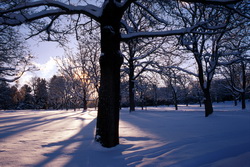
As we have talked about this week, winter weather can be dangerous and downright deadly. However, being prepared helps to ensure that you and your family remain safe when the snow starts to fly or other winter weather conditions occur. It is very easy to ignore the dangers of weather – no matter the season – and find yourself saying, “I wish I would have….” Now is the time to think about how you can prepare for these conditions, before it is too late and you find yourself wishing you had.
In this sixth and final message in a series on Winter Weather Preparedness from the National Weather Service, ThorntonWeather.com reviews the topics we covered this week and directs you to the previous articles and other resources to help you get ready.
| Part 1 | Winter travel safety |
| Part 2 | Watches…warnings…and advisories |
| Part 3 | High winds |
| Part 4 | Wind chill temperatures and hypothermia |
| Part 5 | Avalanche safety |
| Review | Winter Weather Preparedness Week review |
PUBLIC INFORMATION STATEMENT
NATIONAL WEATHER SERVICE PUEBLO CO
600 AM MDT SAT OCT 25 2008
Enjoy the great outdoors in Colorado this winter season, but watch the weather.
The National Weather Service issues a variety of winter weather, outlooks, watches, warnings, and advisories, covered earlier during this Winter Weather Preparedness Week. Safety tips were also passed along.
An example of severe winter weather occurred in March 2003 across the eastern foothills, adjacent plains, and mountains. Snowfall amounts ranged from 80 to 110 inches, along with strong winds in some areas. The Denver metro area averaged nearly three feet of snow. The storm was well forecast, and people, for the most part, heeded the warnings, so casualties and impacts were mitigated.


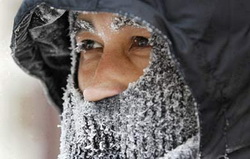
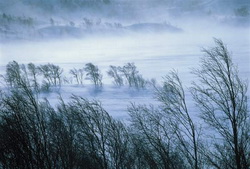
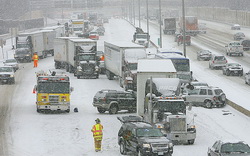
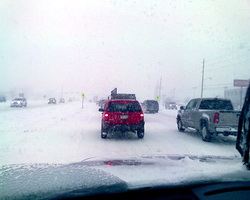
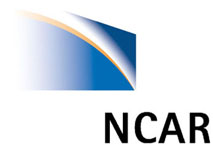
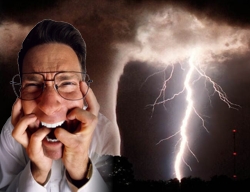
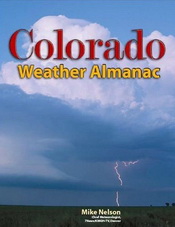
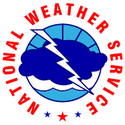 Recently we were asked what are the “zones” that the National Weather Service uses and what is their purpose. This is a very good question.
Recently we were asked what are the “zones” that the National Weather Service uses and what is their purpose. This is a very good question.